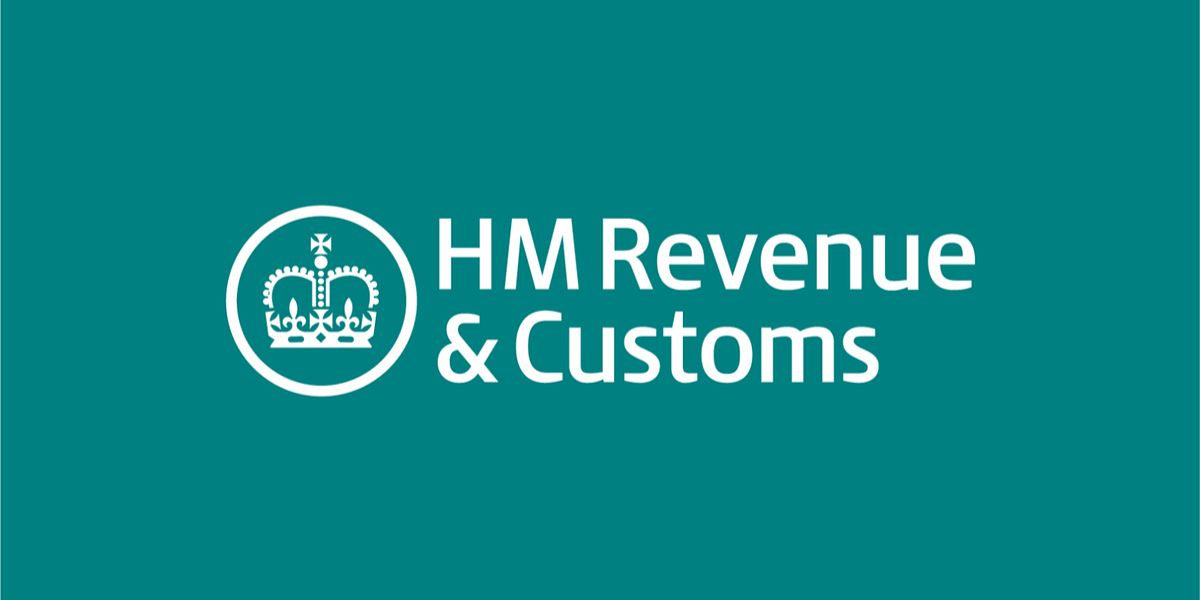On 20 October 2016 HMRC announced that the tax gap in the UK has fallen to GBP 36 billion or 6.5%, its lowest ever level. The latest figures released relate to the year 2014/15. The tax gap represents the difference between the amount of tax that should in theory be collected by HMRC and the amount that is actually collected.
The tax gap includes figures relating to tax evasion, the hidden economy and criminal attacks but also includes tax loss arising from taxpayer error, failure to take reasonable care and non-payment.
In the view of HMRC this decrease in the tax gap reflects the positive impact of the introduction of digital reporting through programs such as Real Time Information for PAYE and the shift to value added tax (VAT) reporting online. These methods lead to more accurate reporting of information. In the case of VAT HMRC points out that the VAT gap has fallen to a level of GBP 12.7 billion or 10.3%.
An additional GBP 1.8 billion has been invested since 2010 to improve tax compliance and tackle tax evasion. Much of this has been invested in new digital tools. Other actions taken in recent years include offshore disclosure programs and other initiatives to tackle offshore tax evasion. Also more than a hundred task forces have been set up to target employment sectors where there is considered to be a high risk of a loss of tax revenue. HMRC also notes that its Alcohol Strategy has brought in more than GBP 404 million in additional revenue.
By the year 2020 HMRC is intending to introduce further digital services including personalized digital tax accounts.


















